
 By Natali Moss
By Natali Moss
According to Beskrestnov, everything usually happens according to the same algorithm (and this is how both the Armed Forces and the Russians operate). First, the reconnaissance drone captures the target. It can be completely stationary, and simply stand in one place for a long time or be fixed regularly (for example, a railway depot can be chosen as such a target). An attack UAV flies to the selected target.
It doesn't fly very fast - it can cover a distance of 50 kilometers in 40 minutes, which is why the enemy prefers stationary targets (because during this time a moving object can move). If we are talking about a target that can move, then the "Lancet" always has a duplicate target - so as not to use expensive ammunition in vain.
Speaking about the conclusions that can be drawn from the attack in Izyum, Serhii Bezkrestnov emphasizes that the risk zone is increasing, and it is necessary to create warning systems for the military and civilians about the threat of UAVs in front-line areas. The expert is sure that Ukrainian radars detect the flight of such drones. And military equipment cannot be left stationary for a long time at a dangerous distance of up to 50 km, especially in open terrain.
The enemy will not miss the chance to hit such an object with its UAV, he emphasized. Earlier it became known that new "Lancets" appeared on all fronts in Ukraine. The Russians began to equip them with antennas of a new type, so that the drones could hit targets at a greater distance. It was also reported that the Armed Forces encountered a more lethal version of the Lancet drone. Its peculiarity is that it is less susceptible to reflection by existing means of radio-electronic warfare (ERW).


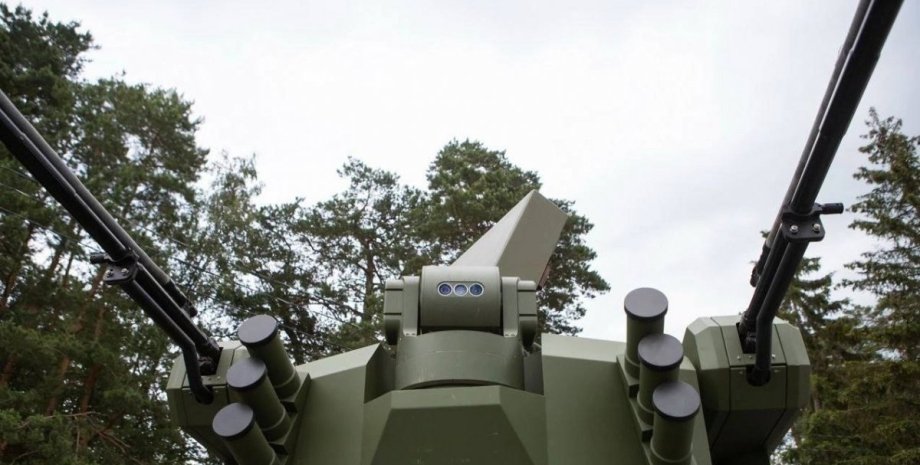

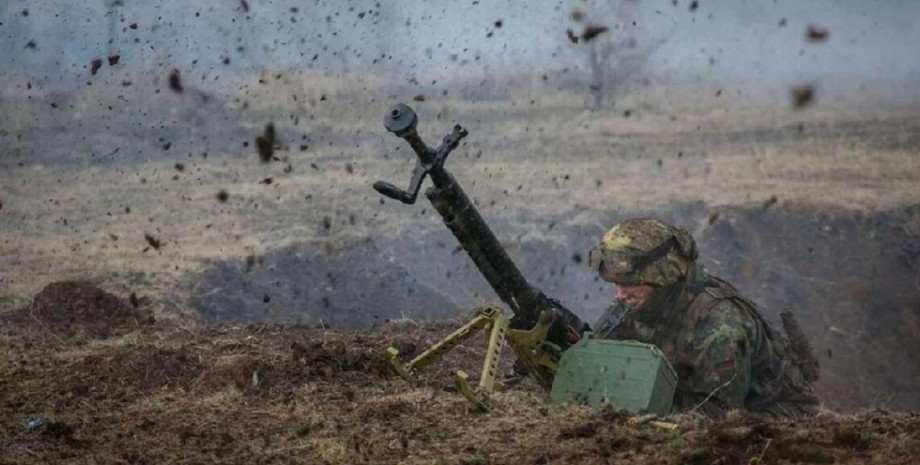

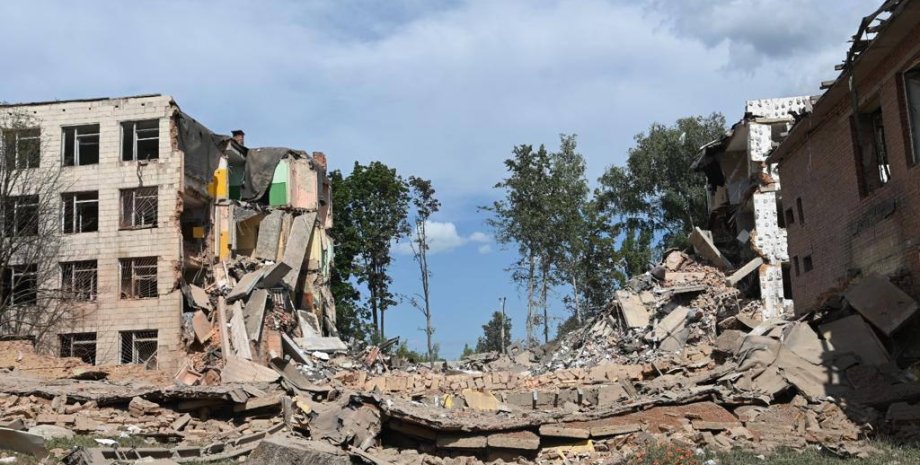
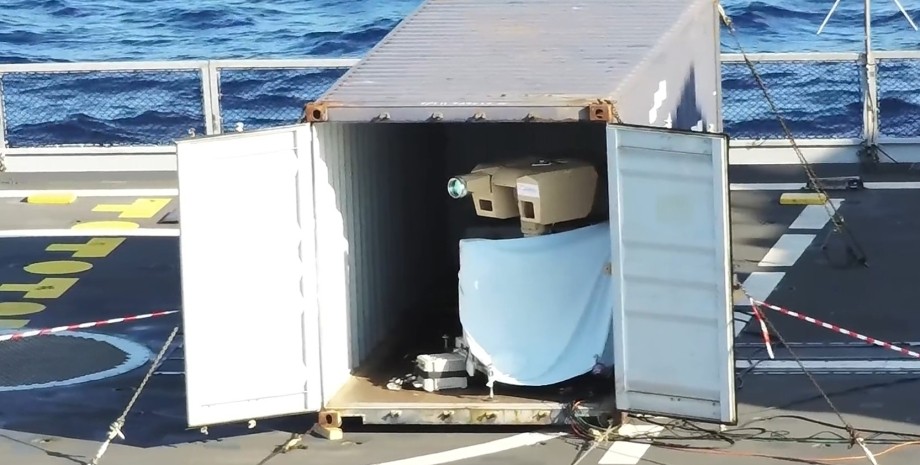

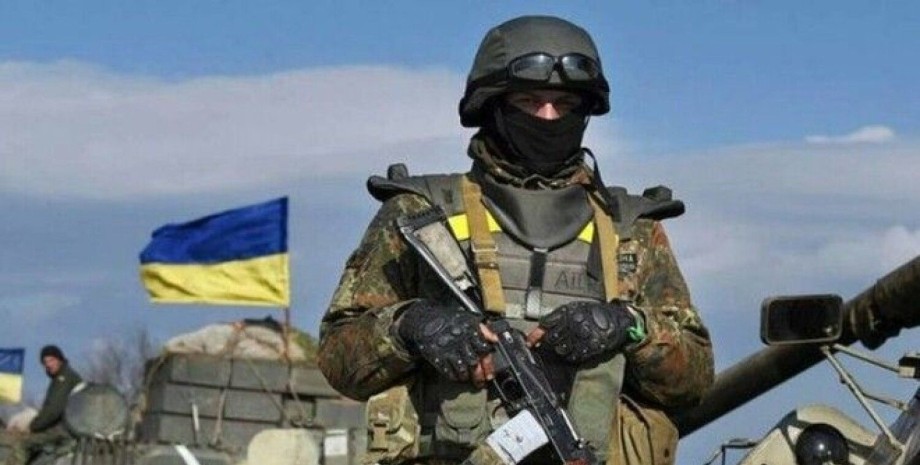
All rights reserved IN-Ukraine.info - 2022